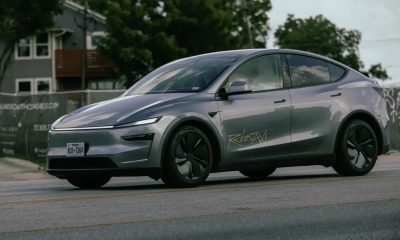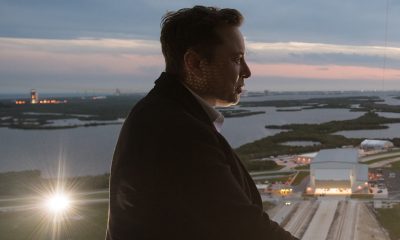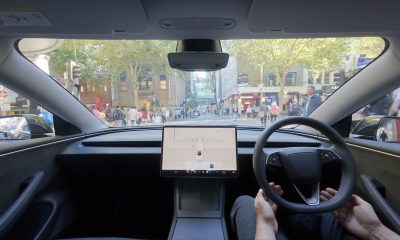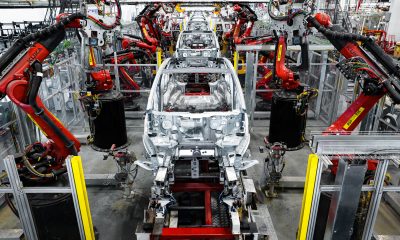News
Tesla Model Y tops Norway sales despite low Q1 delivery results
The new Model Y ended March as Norway’s top-selling vehicle for the month, with 1,819 units sold.
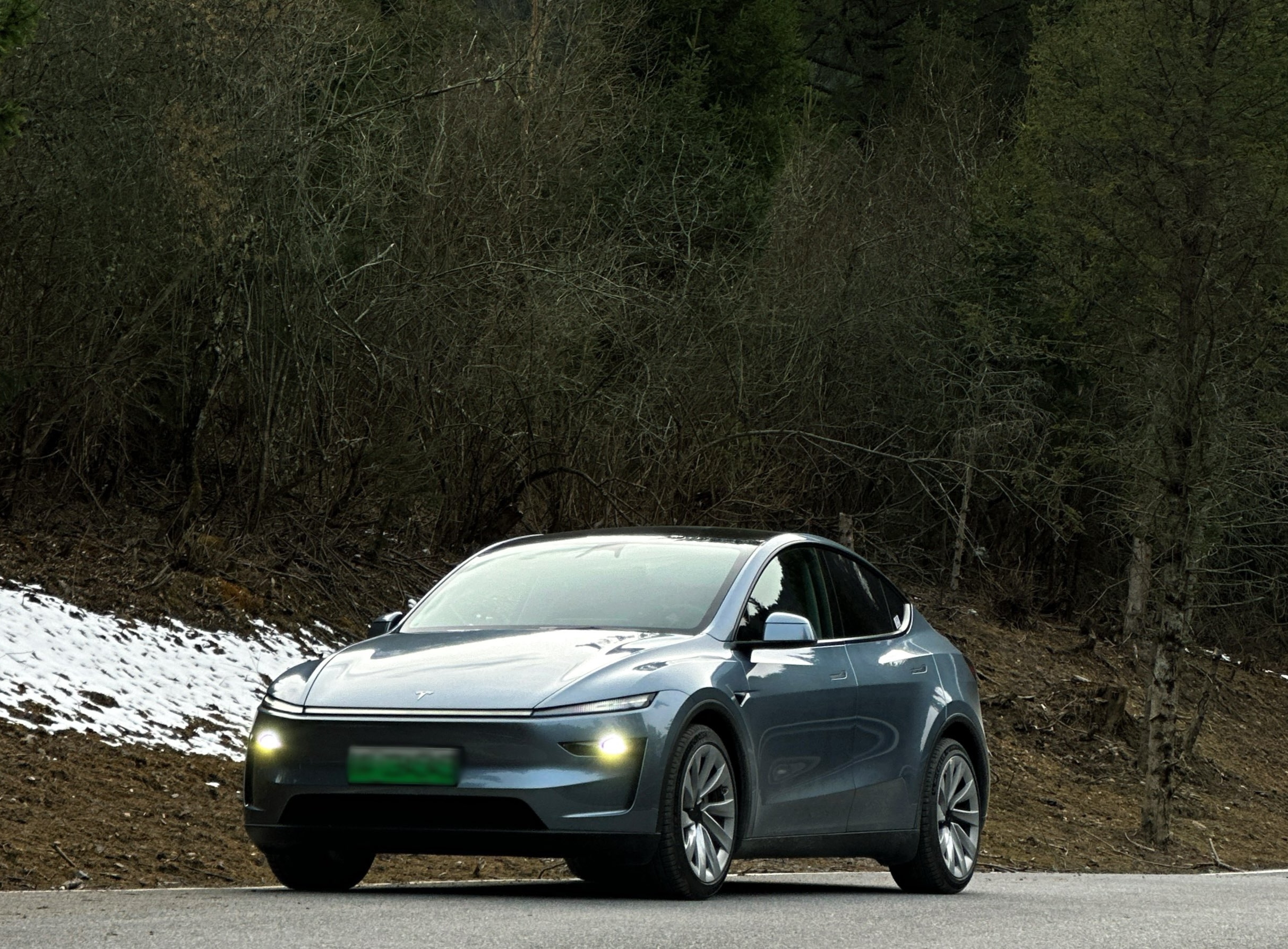
Tesla did not meet delivery expectations in the first quarter of 2025, and a huge reason behind this was the changeover to the new Model Y in Giga Texas, the Fremont Factory, Giga Shanghai, and Giga Berlin.
Despite Tesla’s disappointing Q1 vehicle delivery results, the new Model Y still made a significant impact in key markets such as Norway.
The new Model Y’s Norway Comeback
While sales of the new Model Y in January and February were low in Norway, the vehicle saw a lot of momentum as soon as deliveries of the updated all-electric crossover started. This resulted in the new Model Y ending March 2025 as Norway’s top-selling vehicle for the month, with 1,819 units sold.
Over the course of Q1 2025, Tesla was able to sell a total of 2,792 Model Y units. That was enough to also make the all-electric crossover Norway’s best-selling vehicle in the first quarter. This is quite an impressive feat for Tesla, especially since sales were throttled during the quarter due to the company’s changeover to the new Model Y.
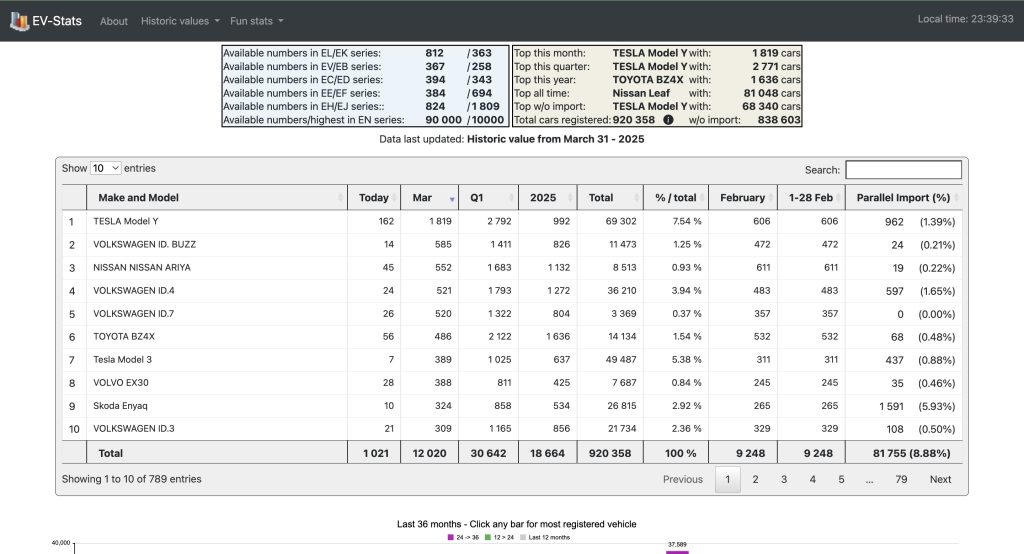
Tesla in Other European Markets
Tesla’s results in Europe during the first quarter were a mixed bag. In Germany alone, Tesla saw 4,935 vehicles sold in Q1 2025. As per the German road traffic agency KBA, Tesla’s sales in March dropped 42.5% to 2,229 units year-over-year. This was despite overall EV registrations rising 35.3% during the month.
In Italy, new vehicle registrations rebounded 51% in March from the previous year to 2,217 units, as per data from the Transport Ministry. This is still quite impressive considering that Tesla has become a very polarizing carmaker in Europe, thanks in no small part to CEO Elon Musk’s politics and close relation to U.S. President Donald Trump.
News
Tesla one-ups Waymo once again with latest Robotaxi expansion in Austin
Tesla’s new Robotaxi geofence measures roughly 171 square miles of Austin’s downtown and suburbs. This is more than double the size of Waymo’s geofence, which measures 90 square miles.
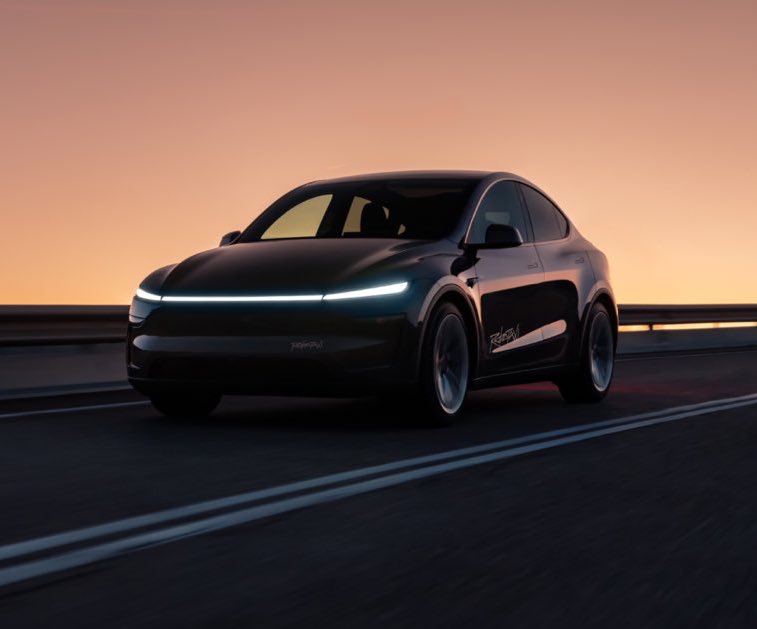
Tesla’s expansion of the Robotaxi geofence on Tuesday morning was a one-up on Waymo once again, as the automaker’s service area growth helps eclipse its rival in an intense back-and-forth.
A lot of conversation has been made about Tesla’s rivalry with Waymo in terms of the capabilities of its driverless ride-sharing service in Austin, Texas.
The two companies have sparred with one another, answering each other’s expansion, and continuing to compete, all to the benefit of consumers in the region.
Tesla expanded the geofence of Robotaxi once again this morning, and it is another growth that catapults it past Waymo’s service area in Austin — this time by a considerable margin.
Comparison of Tesla’s vs Waymo’s Robotaxi geofence map in Austin, Texas.
Today, @Tesla again massively expanded their geofence area, making it significantly bigger than Waymo’s. pic.twitter.com/tHLJ2qabZJ
— Sawyer Merritt (@SawyerMerritt) August 26, 2025
Tesla’s new Robotaxi geofence measures roughly 171 square miles of Austin’s downtown and suburbs. This is more than double the size of Waymo’s geofence, which measures 90 square miles.
On July 14, Tesla officially overtook Waymo in terms of service area in Austin. But just a few days later, Waymo had responded with a bold statement, expanding from 37 square miles to 90 square miles.
Sarfraz Maredia, Global Head of Autonomous Mobility & Delivery at Uber, said the move “unlock[ed] another key milestone in Austin as our operating territory with Waymo expands from 37 to 90 square miles, which means that even more riders can experience Waymo’s fully autonomous vehicles through the Uber app.”
Tesla did not respond immediately, but it took its time with validation vehicle testing in the Austin suburbs, as we reported yesterday:
Tesla looks to expand Robotaxi geofence once again with testing in new area
Today’s expansion is perhaps the biggest step Tesla has taken in its efforts to continue to grow its Robotaxi platform. This is not only because the company has significantly expanded the size of the geofence, but also because it has ventured into suburban areas and even included Gigafactory Texas in its service area.
Waymo could come up with another timely response as it did when Tesla expanded in late July. We’ll wait to see what it comes up with, as this awesome competition between the two companies is accelerating innovation.
News
Tesla Robotaxi geofence expansion enters Plaid Mode and includes a surprise
Now, on August 26, the Robotaxi geofence has expanded once again, and is estimated to be about 130 square miles.

Tesla has expanded its Robotaxi geofence in Austin for the third time since its launch in late June, and the company added a big surprise with this new service area.
After launching on June 22, Tesla’s driverless Robotaxi service has been expanded three times. Its initial launch was about 20 square miles in size. The first expansion occurred on July 14 and was roughly 42 miles large, more than double the initial geofence size.
The second expansion occurred on August 3 and brought the total service area to roughly 80 square miles.
Now, on August 26, the Robotaxi geofence has expanded once again, and is estimated to be about 170 square miles.
🚨 Tesla has expanded its Robotaxi geofence in Austin once again!
This is the third time the service area has expanded! pic.twitter.com/ZzIWWLIgsQ
— TESLARATI (@Teslarati) August 26, 2025
The expansion of the Robotaxi geofence seemed to show the company’s focus on getting the service to the areas East and West of downtown was an utmost priority.
We reported on the Bee Cave region of the Austin suburbs being a place where Robotaxi validation vehicles were spotted testing in recent days.
Bee Cave is included in the new geofence.
However, that is not the biggest addition to the geofence, and it’s not even close. Tesla added a major area to the new geofence, one that fans of the company will absolutely love: Tesla Gigafactory Texas.
🚨 Tesla Gigafactory Texas is now available in the new Robotaxi geofence: https://t.co/Ctcm0HNZk4 pic.twitter.com/7nyhQNYLww
— TESLARATI (@Teslarati) August 26, 2025
The big question that remains is whether Tesla is expanding the size of its fleet of Robotaxi vehicles in Austin. There have been many questions about the expansions of the fleet and not necessarily the geofence, and while the latter is certainly considered progress, Tesla will need to enable more Robotaxi into the vehicle population to handle the additional rides.
Tesla has been planning to do so, but is still prioritizing safety and does not want to rush any part of the Robotaxi process.
Tesla is also looking to expand to new cities altogether. It is currently moving toward a Robotaxi launch in Florida, Arizona, and Nevada, and has also opened up job postings for Robotaxi operators in New York.
Elon Musk
Elon Musk reiterates his most optimistic prediction yet with “UHI” forecast
Despite his polarizing nature, Elon Musk is, at his core, an optimist.

Despite his polarizing nature, Elon Musk is, at his core, an optimist. If he were not one, he would never have founded Tesla or SpaceX, or pursued projects such as Neuralink or xAI.
Musk’s optimism was on full display on social media platform X recently, when he shared what could very well be his most optimistic prediction yet.
Robots and humans
The Tesla CEO recently responded to a post from David Scott Patterson, who estimated that all jobs will be replaced by AI and robots easily by 2030. In his post, Patterson noted that if robots are sold at the same rate as vehicles, it could result in an output of 320 million robots per year.
Musk responded that eventually, intelligent humanoid robots will far exceed the population of humans, and “there will be many robots in industry for every human to provide products & services.”
Musk is already taking steps to achieve such a future. Tesla’s Optimus humanoid robot is expected to see its first “legion” produced this 2025. During an All-Hands meeting earlier this year, Musk also hinted to Tesla employees that the company will try to produce about 50,000 Optimus robots next year.
Universal High Income (UHI)
Musk has shared similar sentiments in the past, so it was no surprise that some X users asked the CEO how humans could sustain their lives when robots replace working individuals. To this, Musk responded that a Universal High Income (UHI) would be implemented, which should provide people with the best medical care, food, and transport available.
“There will be universal high income (not merely basic income). Everyone will have the best medical care, food, home, transport and everything else. Sustainable abundance,” Musk wrote in his post.
Musk’s comment about sustainable abundance seems to be a prevalent theme in his recent optimistic comments. During Tesla’s second quarter earnings call, for example, Musk hinted that his Master Plan Part Four will describe a path towards sustainable abundance in a post-autonomy world.
-
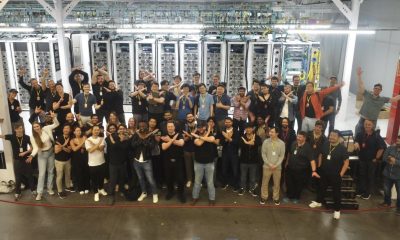
 Elon Musk4 days ago
Elon Musk4 days agoElon Musk takes aim at Bill Gates’ Microsoft with new AI venture “Macrohard”
-
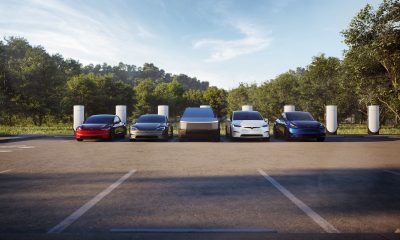
 News2 days ago
News2 days agoTesla offers new feature to save battery and reduce phantom drain
-
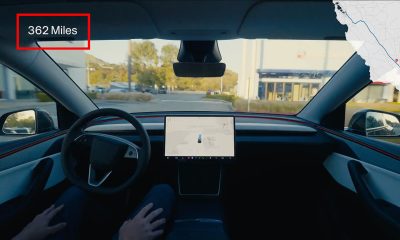
 News2 weeks ago
News2 weeks agoTesla flexes its most impressive and longest Full Self-Driving demo yet
-
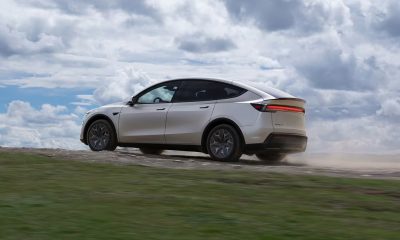
 News1 week ago
News1 week agoTesla Model Y L officially launched: price, features, and more
-
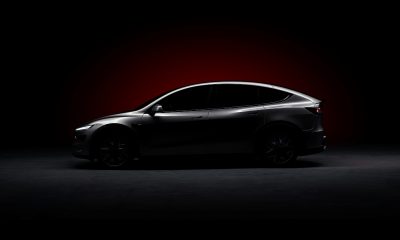
 News2 weeks ago
News2 weeks agoTesla Model Y L spotted in Europe ahead of expected September China launch
-
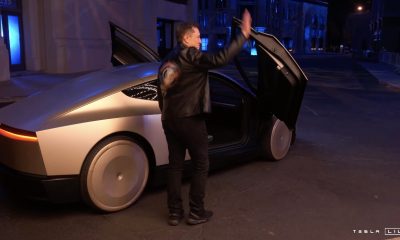
 Elon Musk1 day ago
Elon Musk1 day agoElon Musk argues lidar and radar make self driving cars more dangerous
-

 Elon Musk6 days ago
Elon Musk6 days agoTesla’s Elon Musk shares optimistic teaser about FSD V14: “Feels sentient”
-
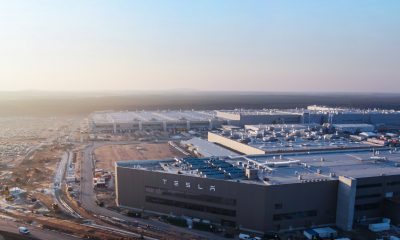
 News5 days ago
News5 days agoTesla Giga Berlin fire results in zero injuries and no environmental damage




